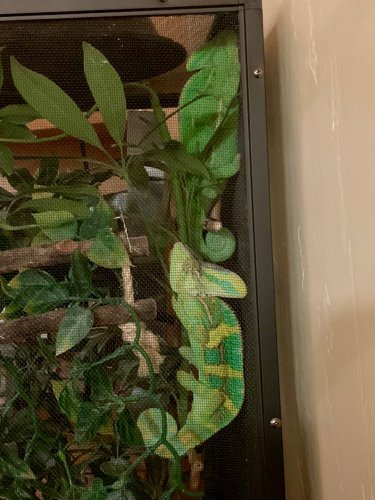Teacher Kim
Member
I just got home from picking up what turned out to be a pair of Veiled Chameleons. My problem is that the guy also handed me a plastic shoebox with eggs in it. I was caught off guard, so didn’t ask any questions. Once Home, I looked under the box and could see what looks like a healthy group of eggs. I’ve never tried to breed chameleons before, so this is new territory for me. I'm guessing the eggs are about a month old because the guy told me that the chameleons are about 6 months old.
So here are my questions.. First, is there a way to tell if they are fertile? I’m sure this is her first clutch. Next, should I dig them up and put them in a better prepared box? The box they are in now is very thin and cheap, there’s no lid and I’m pretty sure they are buried in dry potting soil. Any thoughts or tips would be appreciated. Thanks again!
Google,
So here are my questions.. First, is there a way to tell if they are fertile? I’m sure this is her first clutch. Next, should I dig them up and put them in a better prepared box? The box they are in now is very thin and cheap, there’s no lid and I’m pretty sure they are buried in dry potting soil. Any thoughts or tips would be appreciated. Thanks again!
Google,





